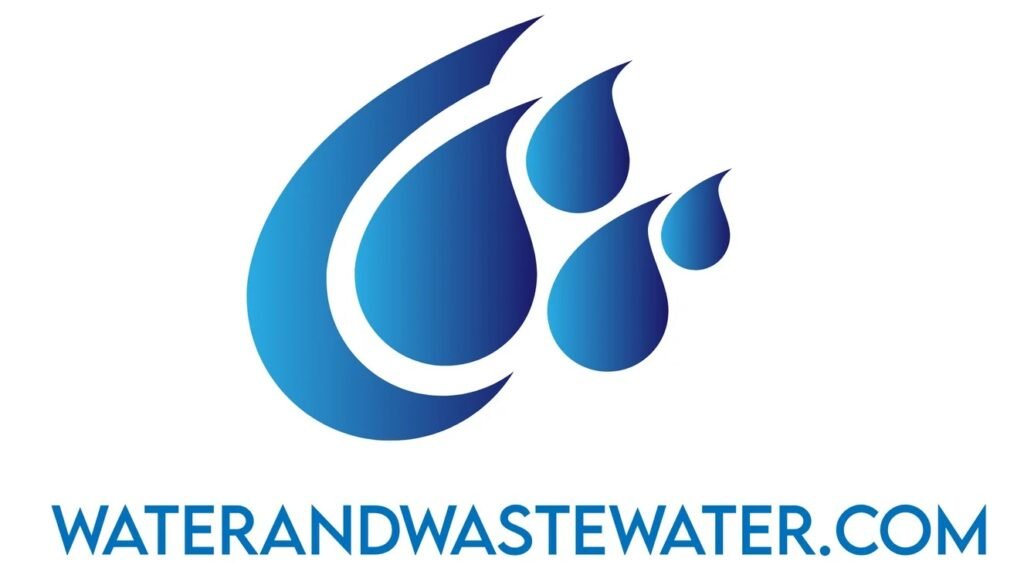GAC Media for PFAS
GAC Media for PFAS: An Expert Guide to Remediation Solutions
Introduction
As the environmental challenges posed by per- and polyfluoroalkyl substances (PFAS) become increasingly clear, communities and industries alike are seeking effective remediation options. Granular activated carbon (GAC) has emerged as a leading solution for removing PFAS from contaminated water sources. With stringent regulations on PFAS levels becoming necessary, understanding the efficacy, design, and operational considerations associated with GAC media is essential for environmental engineers, plant operators, and municipal directors. This article delves into the importance of GAC media for PFAS treatment, the regulatory landscape as of 2025, advancements in technology, and best practices in implementation.
Understanding PFAS and the Need for Remediation
What are PFAS?
PFAS refers to a group of man-made chemicals that have been used in various industrial applications and consumer products since the 1940s. Due to their hydrophobic and oleophobic properties, PFAS have been commonly found in firefighting foams, coatings, and food packaging. However, their longevity in the environment and human body has raised alarms regarding potential health impacts, including various cancers, immune system dysfunction, and hormonal disruptions.
Regulatory Landscape
As of July 2025, the U.S. Environmental Protection Agency (EPA) has proposed stringent regulatory limits on certain PFAS compounds in drinking water, emphasizing a health advisory level of 4 parts per trillion (ppt) for PFOA and PFOS. Additionally, state regulations have been enacted, notably in California and Michigan, where groundwater contamination limits for PFAS necessitate immediate action.
The Role of GAC in PFAS Remediation
Why Choose GAC Media?
GAC media offers an effective and versatile solution for treating PFAS-contaminated water due to:
- Adsorption Capacity: GAC has a high surface area that allows for effective adsorption of organic compounds, including PFAS.
- Cost-effectiveness: Compared to other advanced treatment technologies, GAC systems are often more financially accessible for municipalities.
- Established Technology: With decades of use in water treatment, GAC systems are well understood and supported by established operational guidelines.
Mechanism of Action
GAC operates primarily through adsorption, where PFAS molecules adhere to the carbon surface rather than being removed through chemical or biological reactions. The adsorption process is influenced by various factors, including:
- Carbon Type: The surface chemistry and pore structure of the GAC significantly affect its performance. Impregnated or treated GAC types can have enhanced properties for PFAS removal.
- Contact Time: Sufficient residence time is crucial for maximizing PFAS uptake, necessitating careful design of treatment systems.
- Water Quality: The presence of competing organic compounds and other anions can affect PFAS adsorption efficiency.
Designing GAC Treatment Systems for PFAS
System Configuration
Effective design of GAC treatment systems for PFAS involves considering:
- Single-Stage vs. Multi-Stage Configurations: Multi-stage systems can significantly enhance treatment capacity and optimize the removal of diverse PFAS compounds.
- Parallel or Series Operation: Depending on flow rates and concentrations, systems can be designed to operate in parallel to ensure redundancy or in series to enhance treatment levels.
Pretreatment Considerations
To maximize GAC efficiency, pre-treatment options such as microfiltration or advanced oxidation processes may be utilized to remove particulates and other contaminants that hinder PFAS adsorption.
Performance Evaluation and Monitoring
Regular Testing and Analysis
Ongoing monitoring is critical to ascertain the performance of GAC systems in PFAS removal. The following practices are recommended:
- Influent and Effluent Sampling: Regular testing using EPA-approved methods (e.g., EPA Method 537 or Method 8327) allows for accurate PFAS quantification.
- Breakthrough Curve Analysis: Understanding the point at which GAC media becomes saturated with PFAS is essential for timely change-out schedules and maintaining water quality.
- Predictive Modeling: Implementing predictive models based on historical data can assist in planning maintenance and estimating the lifespan of GAC media.
Best Practices for Implementing GAC Media Systems
Selection of GAC Media
Choosing the right type of GAC is critical. Factors include:
- Surface Area: Opt for GAC with a high surface area tailored for PFAS adsorption.
- Treated Media: Consider using specially treated or activated carbons that enhance PFAS removal performance.
System Maintenance
- Routine Change-Out: Establish a routine schedule for replacing GAC media based on performance data to prevent breakthrough.
- Waste Management: Develop a strategy for the disposal or regeneration of spent GAC, in compliance with local regulations, as spent GAC may still contain hazardous levels of PFAS.
Cost Considerations
Investing in GAC treatment systems can be significantly more cost-effective compared to other technologies like reverse osmosis or advanced oxidation processes. Total lifecycle cost analysis (including installation, operational, and maintenance costs) should guide financial planning for treatment systems.
Conclusion
As regulatory frameworks tighten around PFAS concentrations, municipalities and businesses face increasing pressure to adopt effective treatment solutions. Granular activated carbon (GAC) has demonstrated the ability to effectively mitigate PFAS contamination in water supplies, offering a balance of performance and cost-efficiency. Through informed design, rigorous monitoring, and best practices, GAC media can serve as a cornerstone of comprehensive PFAS management strategies.
With ongoing advances in GAC technology and a deepening understanding of PFAS behavior, the capacity for successful remediation will only continue to evolve, allowing engineers and facility operators to confront one of the most pressing environmental challenges of our time confidently.
Understanding and implementing GAC media for PFAS treatment not only protects community health but also aligns with evolving regulatory demands, making it a pivotal consideration for environmental professionals today.


